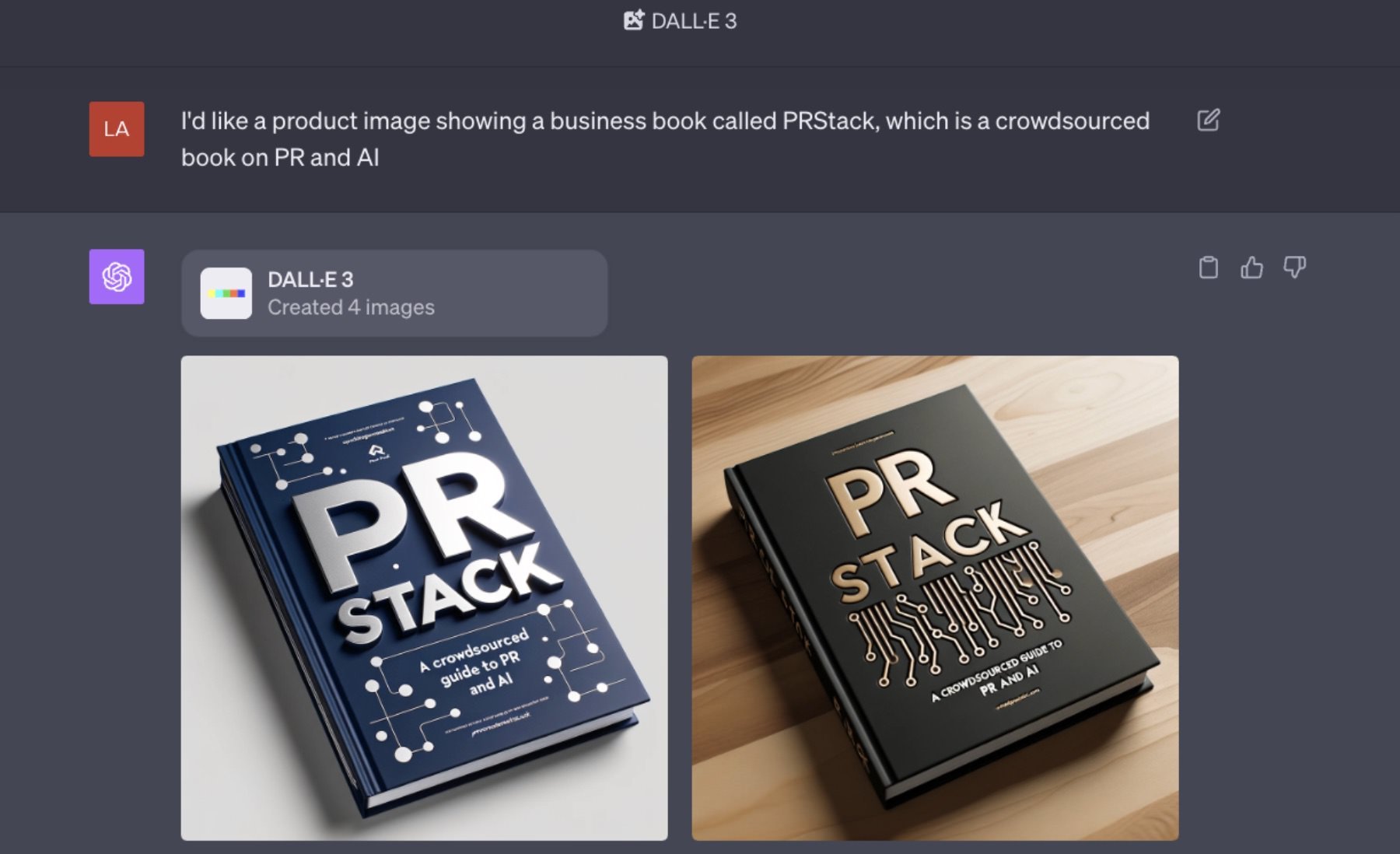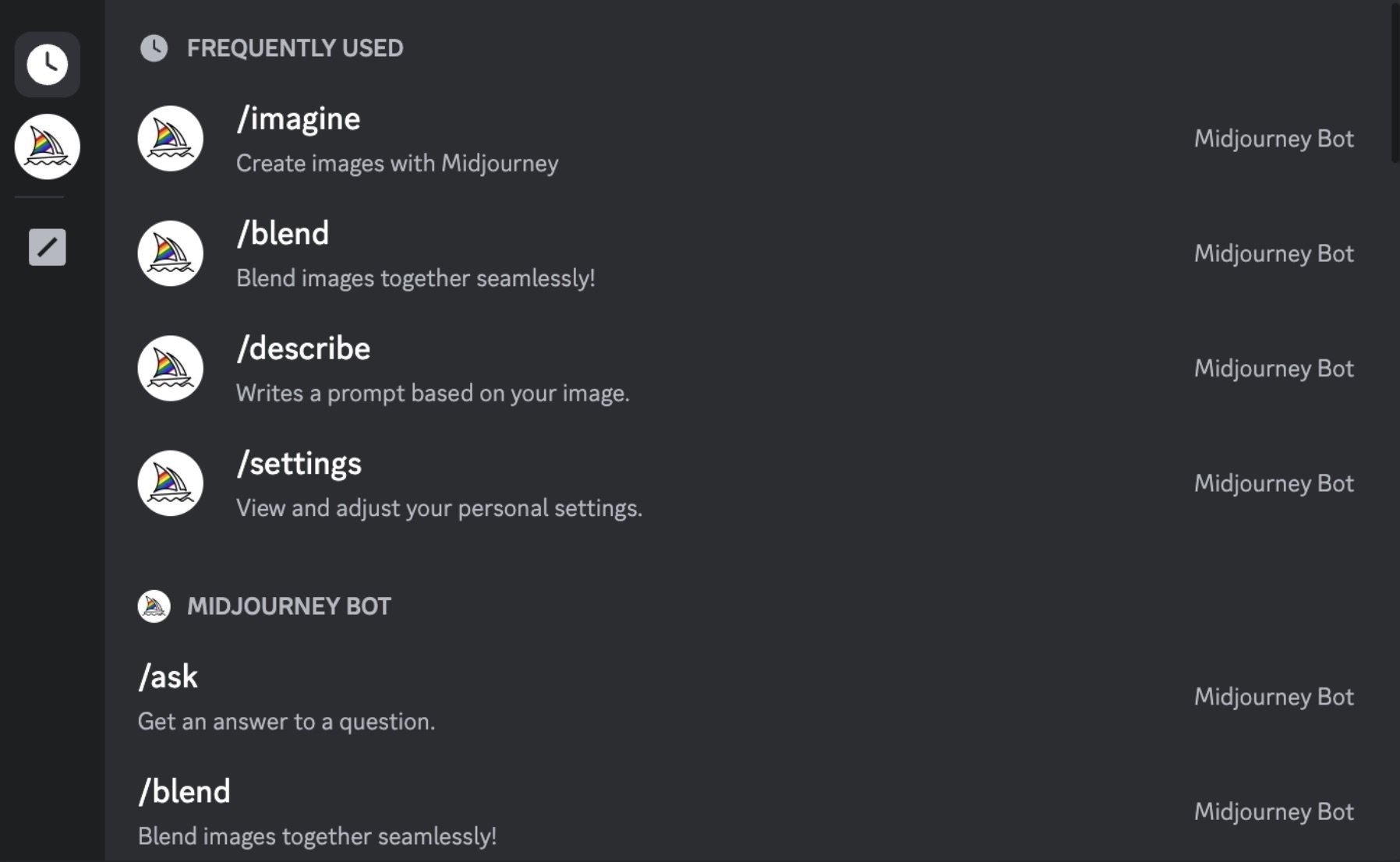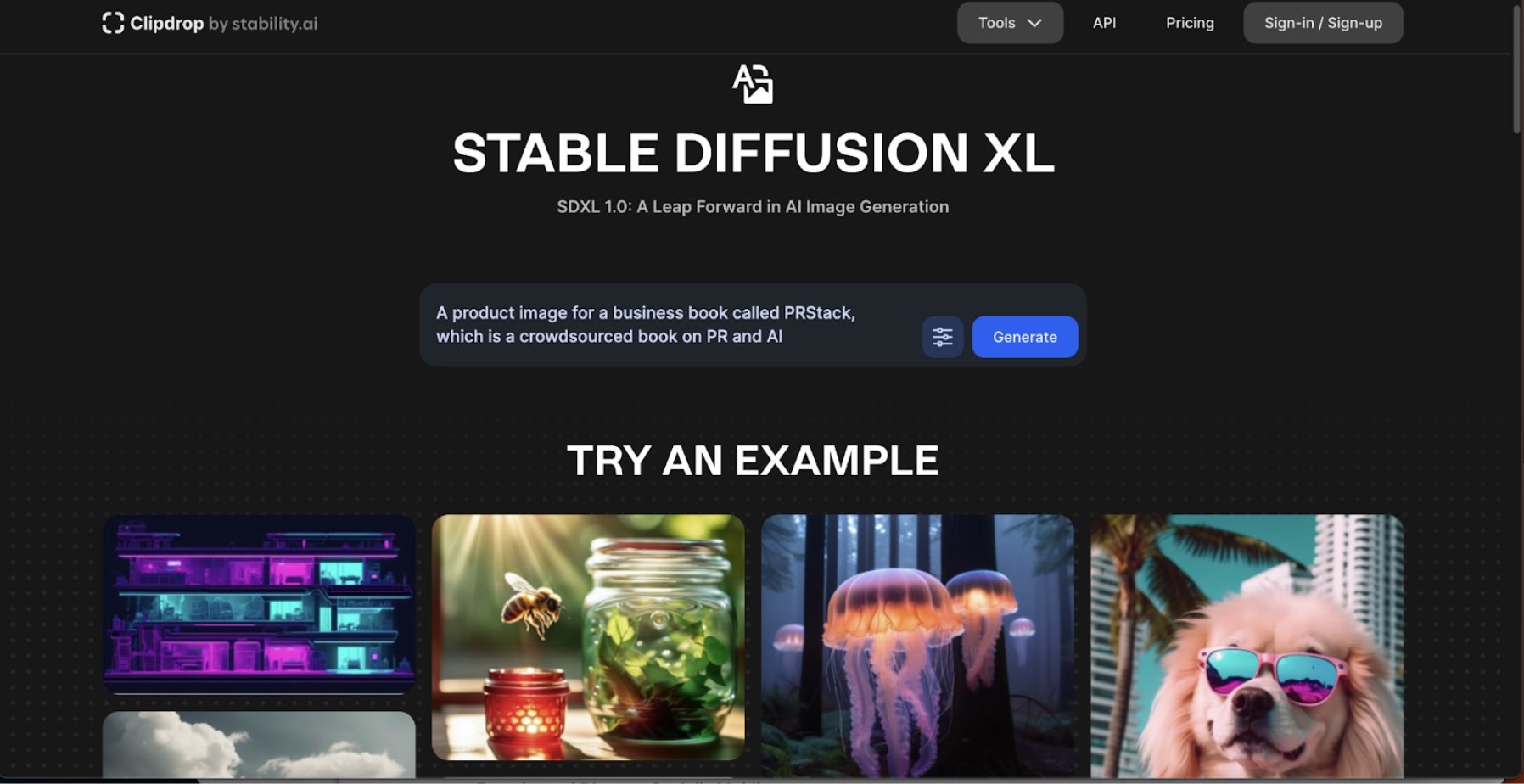This is a chapter from #PRstack: AI tools for marketing, media, and public relations, the latest #FuturePRoof publication. You can buy a copy of the complete book from Amazon in Kindle and print formats. The Kindle version doesn’t include images due to format limitations.
Image generative AI by Laura Richards | Practitioner
Image-generating AI tools such as DALL-E, MidJourney, and Stable Diffusion enable public relations practitioners to create visual assets from text prompts, but raise concerns about copyright, bias, and ethical use.
Image-generating Generative AI applies the same foundation models as other types of LLMs, but instead of producing written content, it produces visual content. Popular platforms include Stable Diffusion, MidJourney and OpenAI’s DALL-E, although new tools are being released all the time.
Image generative AI allows users to create and manipulate visual content based on text descriptions. The latest versions can create original, realistic illustrations, photography, and digital art from a written prompt, combining concepts, attributes, and styles. They can also make realistic edits to existing images and create variations - for example, blending two images together or turning a photograph into an illustration.
While the technology can create original digital imagery, some artists have accused the companies behind the most popular platforms of using their works to train AI models, without permission. At the time of writing, the legal cases are still being decided, but this raises questions about the derivative nature of AI-generated imagery and the protection of artists’ original works.
There are other challenges and ethical considerations that practitioners should be aware of. The technology has been criticised for having a built-in bias, with images often drawing on or perpetuating racist tropes. There have also been instances of these tools being used to create deep fake non-consensual pornography. The main platforms are trying to mitigate these risks by introducing safety measures and off-setting biased datasets.
Where it fits within the public relations workflow
The potential applications of image generating Generative AI in the public relations industry sit firmly in the design and content creation space. These tools can help public relations practitioners create engaging visual content for campaigns, social media, and presentations, all based on simple text descriptions. AI can aid in all three stages of visual content creation - brainstorming, creation, and editing.
How to use image generation AI
DALL-E
The latest version of OpenAI’s DALL-E can be accessed for free via Microsoft Bing Image Creator (Microsoft account needed) and through ChatGPT for users with a Plus account. Users simply type out the image they want to see, including any style references (e.g. illustration, watercolour, vector, HD photo, etc) and DALL-E will return a selection of images.
MidJourney
MidJourney runs on the decentralised chat service Discord. The free and premium versions can be accessed by joining the MidJourney Server. Commands are given in community rooms or through direct messages with the MidJourney bot. Core commands include:
/imagine - tells MidJourney to create an image based on the provided prompt.
/blend - tells MidJourney to mix two images together.
/describe - creates a prompt for an image the user uploads.
Users are also able to add the MidJourney bot to their own servers through the Discord App Directory.
Stable Diffusion
Stable Diffusion is the most flexible AI image generator, allowing users more control over the style of images it generates. It’s also open source, meaning it’s possible to train it using proprietary datasets. There are two main ways to access Stable Diffusion: the first is by downloading Stable Diffusion and running it on a local device. The second (and simpler option) is to use Clipdrop, the official demo from makers Stability AI.
Image-generating generative AI is rapidly being rolled out and embedded in third-party software and websites. For example, Adobe has added a Gen Fill function to Photoshop, while stock image site Getty Images has launched its own version, trained on its own images. Expect to see more companies start to offer image-generation AI, either by embedding tools like Stable Diffusion and DALL-E into their products or by launching their own generative AI models.
Example use cases
• Visual content creation
The most obvious use case for image generative AI is to create engaging images for campaigns and content marketing. Generative AII can be used to produce memes, stock imagery, product mock-ups and more.
• Branded imagery
Generative AI can be used to create brand-specific content, drawing on specific colour palettes or visual styles. Companies that are willing to spend time training an AI model on their own branded content will see the best results, but practitioners can achieve good results by developing a set of ‘brand prompts’ to ensure a consistent output.
• Touch-ups and revisions
Both standalone Generative AI such as DALL-E and embedded tools such as Photoshop’s Gen Fill function, allow users to touch up or change existing imagery. From changing the colour of someone’s jacket to filling in an empty space with a specific object, image editing can now be done with a text prompt.
• Brainstorming (brand identities, concept art, logos)
Generative AI can help people without a design background come up with ideas for brand identities and logos, or concept art for campaigns. While earlier models of image-generating GenAI struggled if text was needed on an image, the release of OpenAI’s DALL-E3 saw significant improvements in this area.
Laura Richards, founder, Idea Junkies
https://www.linkedin.com/in/laurarichardsfcipr/
Laura Richards is a public relations practitioner and founder of Idea Junkies, an agency championing ideas that change the world. She is a technology enthusiast who spends her spare time building AI tools with NoCode.



